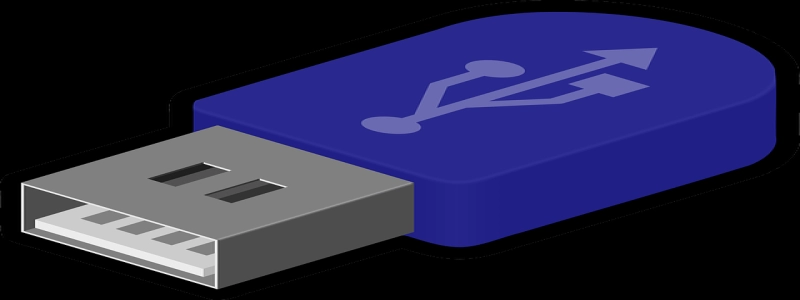Fiber to Ethernet Converter Switch
Introduction:
In today’s digital age, the demand for high-speed and efficient data transmission is ever-increasing. Businesses and individuals rely heavily on fast and reliable internet connectivity to stay connected and carry out their daily tasks. To meet this demand, fiber to Ethernet converter switches have emerged as a popular solution. This article will provide a detailed explanation of what a fiber to Ethernet converter switch is and how it works.
I. What is a Fiber to Ethernet Converter Switch?
A fiber to Ethernet converter switch, also known as a media converter switch, is a networking device that allows the conversion of signals between fiber-optic and Ethernet cables. It serves as an intermediary device that facilitates the communication between devices connected through fiber-optic and Ethernet connections.
II. How Does a Fiber to Ethernet Converter Switch Work?
A fiber to Ethernet converter switch operates by receiving a fiber-optic signal and converting it into an Ethernet signal. The fiber-optic input is received by the converter switch, which then decodes and converts it into an electrical signal. This electrical signal is then transmitted through Ethernet cables to the connected devices.
III. Benefits of Fiber to Ethernet Converter Switches:
1. Extended Connectivity: Fiber to Ethernet converter switches provide the capability to connect fiber-optic networks with Ethernet devices, enabling seamless communication between the two.
2. Flexibility: These converter switches support multiple communication protocols, making them compatible with a wide range of networking devices and configurations.
3. Increased Bandwidth: Fiber-optic cables offer higher bandwidth capabilities compared to traditional Ethernet cables. By utilizing a fiber to Ethernet converter switch, businesses can make the most of the increased bandwidth provided by fiber-optic connections.
4. Distance Enhancement: Fiber to Ethernet converter switches can extend the reach of Ethernet connections beyond the limitations of copper cables. Fiber-optic cables can transmit signals over much longer distances without degradation, making them an ideal choice for remote connectivity.
5. Network Expansion: Businesses can expand their networks by incorporating fiber-optic connections through the use of converter switches. This enables the integration of new devices and allows for the efficient transfer of data.
IV. Applications of Fiber to Ethernet Converter Switches:
1. Data Centers: Fiber to Ethernet converter switches are commonly used in data centers to connect fiber-optic cables from the core network to Ethernet switches and servers.
2. Telecommunications: Telecom providers utilize these converter switches to bridge the gap between fiber-optic networks and Ethernet connections to provide reliable internet and voice services to their customers.
3. Industrial Environments: Fiber to Ethernet converter switches find applications in industrial environments, where long-distance connectivity and high bandwidth are required.
4. Security Systems: By incorporating fiber to Ethernet converter switches, security systems can transmit video surveillance data over long distances reliably and efficiently.
Conclusion:
Fiber to Ethernet converter switches play a crucial role in bridging the gap between fiber-optic and Ethernet networks. Their ability to convert signals between these two mediums enables businesses to meet the increasing demand for high-speed and reliable connectivity. With their extended connectivity, flexibility, increased bandwidth, distance enhancement, and network expansion capabilities, these converter switches have become an essential component in various industries and applications.








